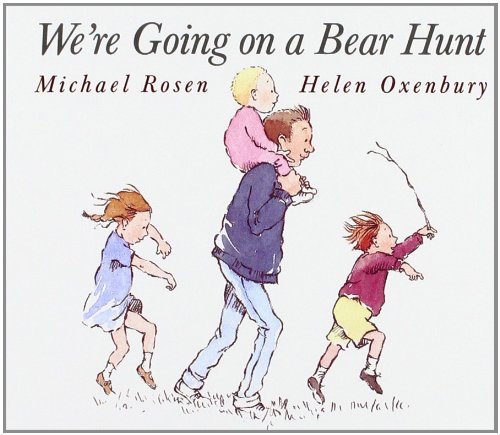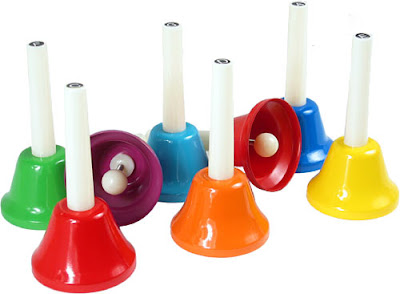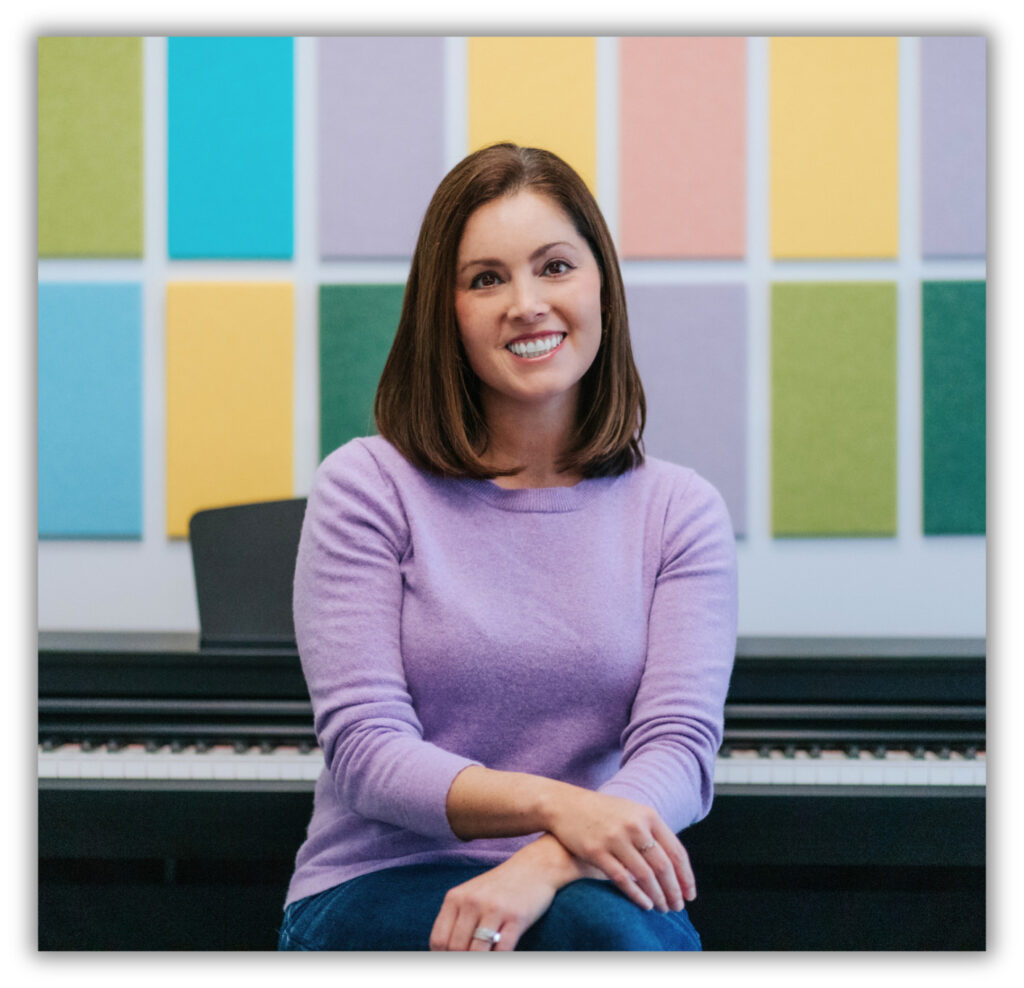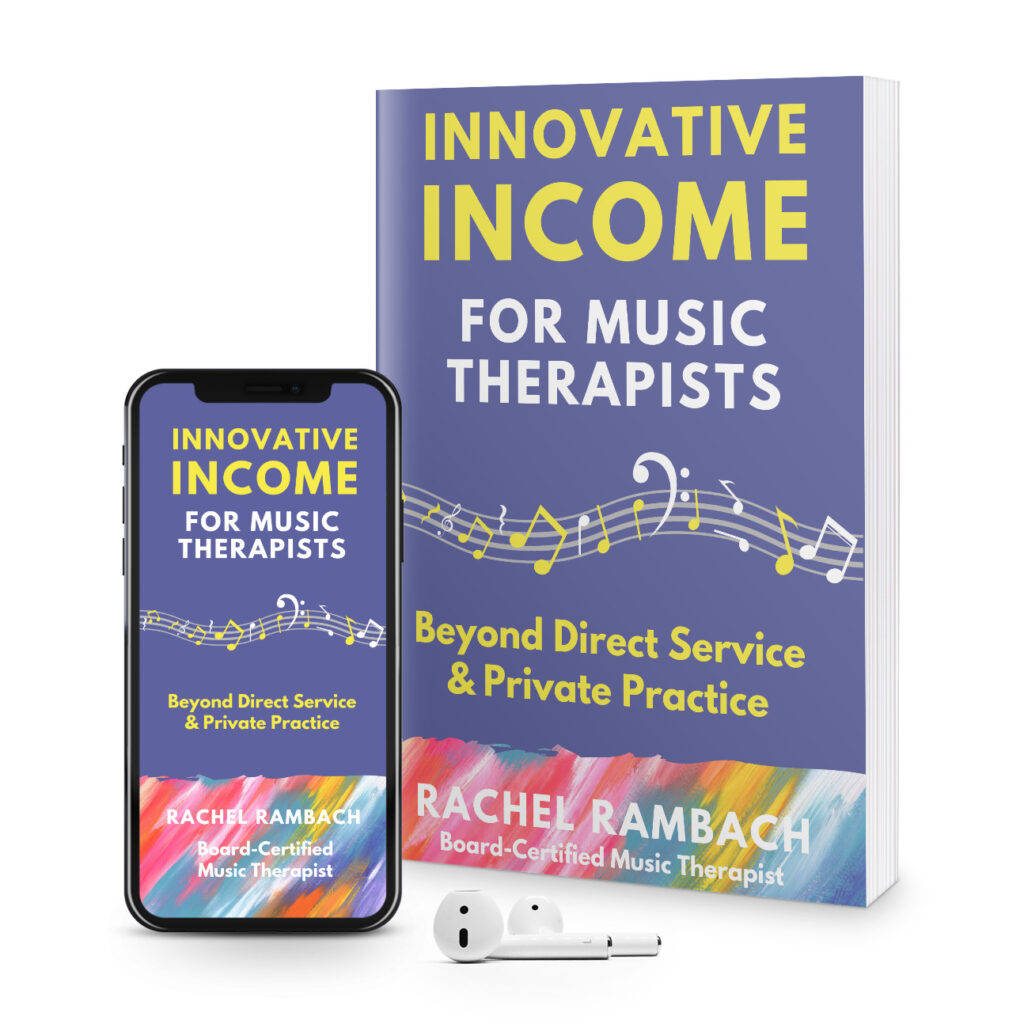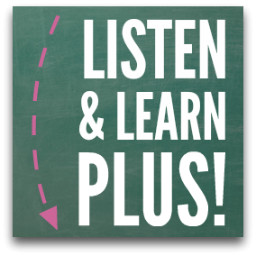by Rachel | Uncategorized
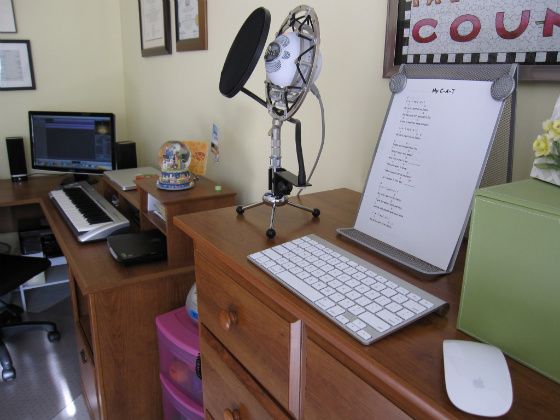
Two years ago, my “home recording studio” consisted of two things: a 13″ Macbook and a $12 Logitech microphone. Though it wasn’t fancy, it did the job, considering I was simply recording music therapy songs for the students at my school. But the more songs I wrote and the more interested I became in home recording, the more sophisticated my setup became.
Now that I sell my self-recorded music (in addition, of course, to my studio album) both in my own store and on larger platforms like Songs For Teaching, I have a much higher standard of quality. That comes with a need for higher-quality equipment, which is the topic of today’s post. The picture above gives you an overview of my home studio, but I’m going to break it down for you even further. Let’s go!
The #1 most important component in my setup is my computer. My 15″ Macbook Pro powers the software I use, which is Garageband. This program is included with the price of the computer, and for entry-level software, it is really quite powerful. Although I’m sure there are great recording programs for PC, I am most decidedly a “Mac person” and simply love the intuitive interface, ease of use, and integration of Garageband with iTunes.
Pictured on the right is my M-Audio USB MobilePre Preamp, which I use to record my acoustic-electric guitar and monitor my sound input. I wrote a detailed post about the preamp earlier this year. The Sennheiser headphones I use are awesome; they cover my ears completely, are crystal-clear, and have a long coiled cord that reaches from one end of my studio to the other.
I use are awesome; they cover my ears completely, are crystal-clear, and have a long coiled cord that reaches from one end of my studio to the other.
This 24″ Dell HD monitor was a birthday gift from my husband, and for someone who spends so much time in front of the computer, it has truly been a game-changer. The wide screen view is especially useful for Garageband; when I’m tracking instruments and vocals, it’s nice to be able to see big chunks of audio at a time. The monitor is connected to my computer with an HDMI cable and adapter.
was a birthday gift from my husband, and for someone who spends so much time in front of the computer, it has truly been a game-changer. The wide screen view is especially useful for Garageband; when I’m tracking instruments and vocals, it’s nice to be able to see big chunks of audio at a time. The monitor is connected to my computer with an HDMI cable and adapter.
Next is my M-Audio midi keyboard, which I use to record keyboard and other instrument sounds. It connects via a USB cable, so basically, all I have to do is plug in (Garageband immediately recognizes the MIDI input) and then I’m ready to play. I have a super duper deluxe model at school, which has so many features I haven’t even learned half of them yet. That will be a project in itself when school starts!
at school, which has so many features I haven’t even learned half of them yet. That will be a project in itself when school starts!
The piece of equipment that I’ve had the longest (December of 2008) and that I recommend to anyone who asks is my Blue Snowball USB Microphone . I get lots and lots of emails from people wanting to know what I use to record my vocals, and I delight in telling them that it’s a simple USB mic that costs less than $100. I have a ringer shockmount
. I get lots and lots of emails from people wanting to know what I use to record my vocals, and I delight in telling them that it’s a simple USB mic that costs less than $100. I have a ringer shockmount attached as well as a pop filter
attached as well as a pop filter .
.
My speakers are relatively new, and I’m head over heels about them. These Logitech Omnidirectional USB Speakers are inexpensive, loud, and high-quality. They also look really nice! Although I listen to all of my recordings through headphones, I also want to make sure they sound good through speakers, since that is how most other people will be listening to the songs.
are inexpensive, loud, and high-quality. They also look really nice! Although I listen to all of my recordings through headphones, I also want to make sure they sound good through speakers, since that is how most other people will be listening to the songs.
If you’ve been keeping track, you’ve noticed that 4 of the pieces of equipment I’ve covered connect via a USB port. Any Mac user knows that the computer only offers 2 USB ports, which is why I use a Rocketfish USB Hub to power my entire studio without plugging and unplugging anything. It only takes up one USB port on my computer, and the best part is that it has a suction cup, so I can attach it to the backside of my desk in order to hide the spaghetti factory of wires and cords.
Two last pieces of equipment to mention, and then I promise I’ll end this insanely long post :) These are crucial if you use an external monitor: the Apple Wireless Keyboard and Magic Mouse. As you can see in the first picture, I record my vocals relatively far away from my computer and monitor, so instead of walking back and forth in between takes, I can bring my keyboard and mouse over to control things remotely.
and Magic Mouse. As you can see in the first picture, I record my vocals relatively far away from my computer and monitor, so instead of walking back and forth in between takes, I can bring my keyboard and mouse over to control things remotely.
So there you have it: the Listen & Learn home recording studio. There are definitely things I’d like to add to it over time, but for now, I’m quite happy with it. I’m also more than happy to answer any questions you might have about the equipment I’ve mentioned, or just home recording in general. Let’s tackle them in the comments!
by Rachel | Uncategorized
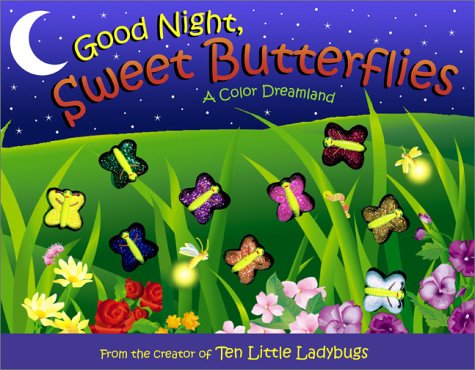
Last month’s inaugural Singable Story garnered quite a few comments and requests for more singable story ideas, so I’m excited to be back with another one today. Good Night, Sweet Butterflies , written by Dawn Bentley, combines sensory input through touch (the butterflies on each page are 3-D and glittery, no less), sight (bright colors spill off of every page) and sound (well, assuming it is read or sung out loud).
, written by Dawn Bentley, combines sensory input through touch (the butterflies on each page are 3-D and glittery, no less), sight (bright colors spill off of every page) and sound (well, assuming it is read or sung out loud).
I recorded this singable story for one of my music therapy groups yesterday, and rather than pre-compose the melody, I improvised the entire thing. I love that the music is calm and soothing, just like the story itself.
I purchased quite a few new children’s books earlier this summer, all of which lend themselves nicely to being sung. Slowly but surely, I’ll be sharing more of those (plus some oldies but goodies). For now, enjoy this sweet, lullaby-like story and have fun making it your own!
by Rachel | Uncategorized
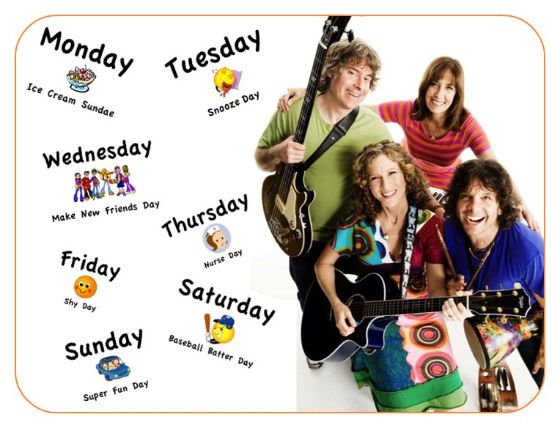 97% of the songs I use in my music therapy sessions and music classes are those I’ve written myself. But it’s a pretty safe bet that the other 3% are borrowed from Laurie Berkner, who I’d have to say is my songwriting role model.
97% of the songs I use in my music therapy sessions and music classes are those I’ve written myself. But it’s a pretty safe bet that the other 3% are borrowed from Laurie Berkner, who I’d have to say is my songwriting role model.
Some of my favorite Laurie Berkner Band songs include Buzz Buzz, Walk Along the River, The Story of My Feelings, and I Know a Chicken. But one song in particular that both my students and I are extremely fond of is I’m Gonna Catch You.
If you’re not familiar with this particular tune, follow the link and listen to an audio sample. It’s upbeat, catchy, and best of all, it’s about the days of the week. Now I’ll admit that this is a silly song, but I use it as an opportunity to sneak in a group calendar lesson.
I created a full-sized (8.5 x 11) picture for each day of the week, including the name of the day and a graphic + text for the description in the song. If I’m working with a large group, I’ll ask for volunteers to be in charge of each picture. Then as we listen to and sing the song, each child holds up his or her picture as that day is mentioned.
If the students are just beginning to learn the days of the week, I’ll have them sit in order so that they know when it’s their turn. But as they become more familiar with the order of days, I’ll arrange them randomly. For those who don’t or can’t yet read, the pictures serve as a visual cue.
My students really enjoy (and do very well with) this activity, so I thought I’d share those pictures with you today. Here they are in a nice, neat PDF download:
Download: “I’m Gonna Catch You” Visual Aide
Are you a Laurie Berkner superfan like me? It’s hard not to be; her songs are super singable, easy to play on the guitar, and can often be applied to my objectives as a music therapist. Fill me in on your favorite tunes of hers!
by Rachel | Uncategorized
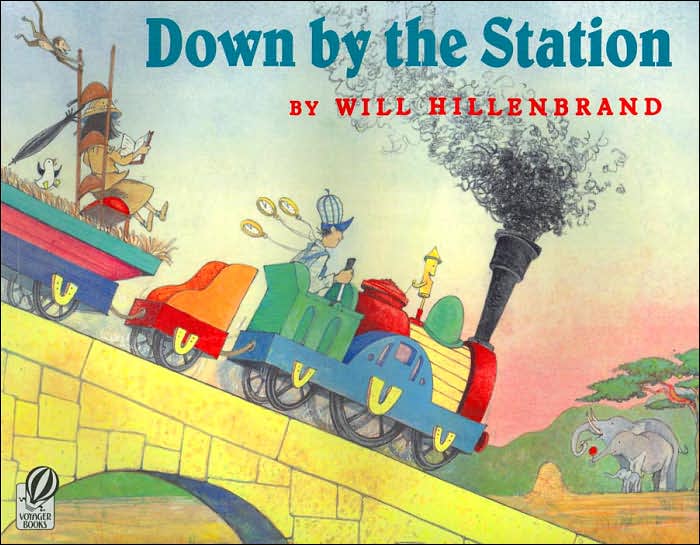
One of my favorite ways to engage my music therapy students is through children’s books. I have a sizable collection of what I call “singable stories” – books with words that translate nicely into sung lyrics. Singable stories, along with the pictures that illustrate them, provide a wonderful opportunity to address goals such as identifying colors, objects, numbers, sight words, and answering “wh” questions.
A book that I find myself pulling off the shelf again and again is Down by the Station by Will Hillenbrand. The pictures are colorfully captivating, and the song is familiar to most children.
I’ve found that if I set the story to a cool beat, my students are even more apt to listen and participate. This acoustic bass line (available in Garageband) does the trick nicely.
Another book I enjoy, and find effective in addressing the previously stated goals, is Going on a Bear Hunt by Michael Rosen. Again, the story is familiar, and like the first book, there is quite a bit of onomatopoeia (words that imitate the sounds they represent).
This book is new to my collection, and as I sat down to record it the other day, I realized that I could use the very same bass line as accompaniment!
When I want to jazz up my singable stories a little bit during a music therapy session, I actually play the accompanying bass line on my ipod as my student(s) and I explore the book. I make the track much longer than the length of the book, allowing for questions and conversation as we go through it. You are more than welcome to download it (for free) and use it in your own music therapy, classroom or home setting.
For those of you who have Garageband, this is “Cool Upright Bass 18” in the Loops section. You can adjust the tempo, key, and length to suit your needs. And of course, there are many more loops and beats to explore…I could (and sometimes do) spend hours playing around with them!
by Rachel | Uncategorized
You know the feeling when you find a $20 bill in your coat pocket? Well that is how I felt when I remembered that I had purchased this shiny little 8 Note Hand Bell Set several months ago! My studio is chock full of instruments, props, and other goodies, but I store many of these items out of view from my EXTREMELY curious kiddos. These bells have been hiding out underneath my bookcase since August, and I discovered them as I was doing some spring cleaning and organizing last week.
several months ago! My studio is chock full of instruments, props, and other goodies, but I store many of these items out of view from my EXTREMELY curious kiddos. These bells have been hiding out underneath my bookcase since August, and I discovered them as I was doing some spring cleaning and organizing last week.
This discovery came at the perfect time, because I was racking my brain for new ways to engage one little girl in her weekly music therapy sessions. The lightbulb went off as I opened the box ‘o bells and found that on the top of each handle, there is a letter (representing the note in a C scale) and number (representing the bell’s position in the scale). This, along with the great big sound they produce and their bright colors, held so many new possibilities.
Sure enough, we had a winner. My student’s interest was immediately piqued as I pulled out the bells, and she complied with nearly all of my directions to do the following:
- Choose and play the appropriate bell as I verbally name a color
- Choose and play the appropriate bell when shown a picture card displaying a color
- Choose and play the appropriate bell as I verbally call a number (1 through 8)
- Choose and play the appropriate bell when shown a picture card displaying a number
- Line up the bells in order of the numbers on top of the handles
Once she had demonstrated her ability to do all of the above, we moved on to sequencing. I would call out two (and then three) colors, and she would then play those bells in the correct order. We did the same thing with the numbers. She absolutely loved switching roles and calling out colors and numbers for ME to play. We spent almost her entire session with these bells, and I had her complete attention (no easy feat, I tell you).
Our next step is to play simple songs by “reading” the notes (notated by color and/or number), and I’d love to come up with some additional ideas. Do you have a set of bells like these? How do you use them?
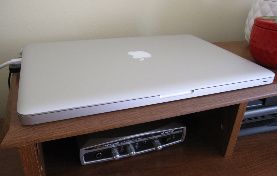
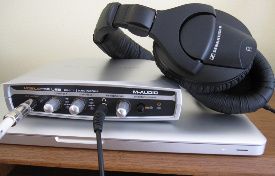
I use are awesome; they cover my ears completely, are crystal-clear, and have a long coiled cord that reaches from one end of my studio to the other.
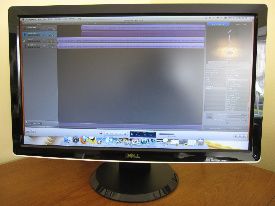
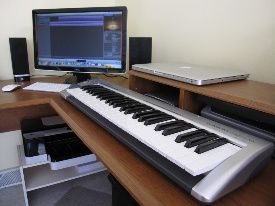
was a birthday gift from my husband, and for someone who spends so much time in front of the computer, it has truly been a game-changer. The wide screen view is especially useful for Garageband; when I’m tracking instruments and vocals, it’s nice to be able to see big chunks of audio at a time. The monitor is connected to my computer with an HDMI cable and adapter.
at school, which has so many features I haven’t even learned half of them yet. That will be a project in itself when school starts!
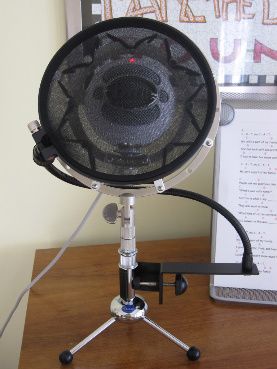
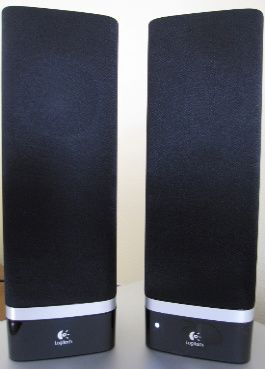
. I get lots and lots of emails from people wanting to know what I use to record my vocals, and I delight in telling them that it’s a simple USB mic that costs less than $100. I have a ringer shockmount
attached as well as a pop filter
.
are inexpensive, loud, and high-quality. They also look really nice! Although I listen to all of my recordings through headphones, I also want to make sure they sound good through speakers, since that is how most other people will be listening to the songs.
and Magic Mouse. As you can see in the first picture, I record my vocals relatively far away from my computer and monitor, so instead of walking back and forth in between takes, I can bring my keyboard and mouse over to control things remotely.





